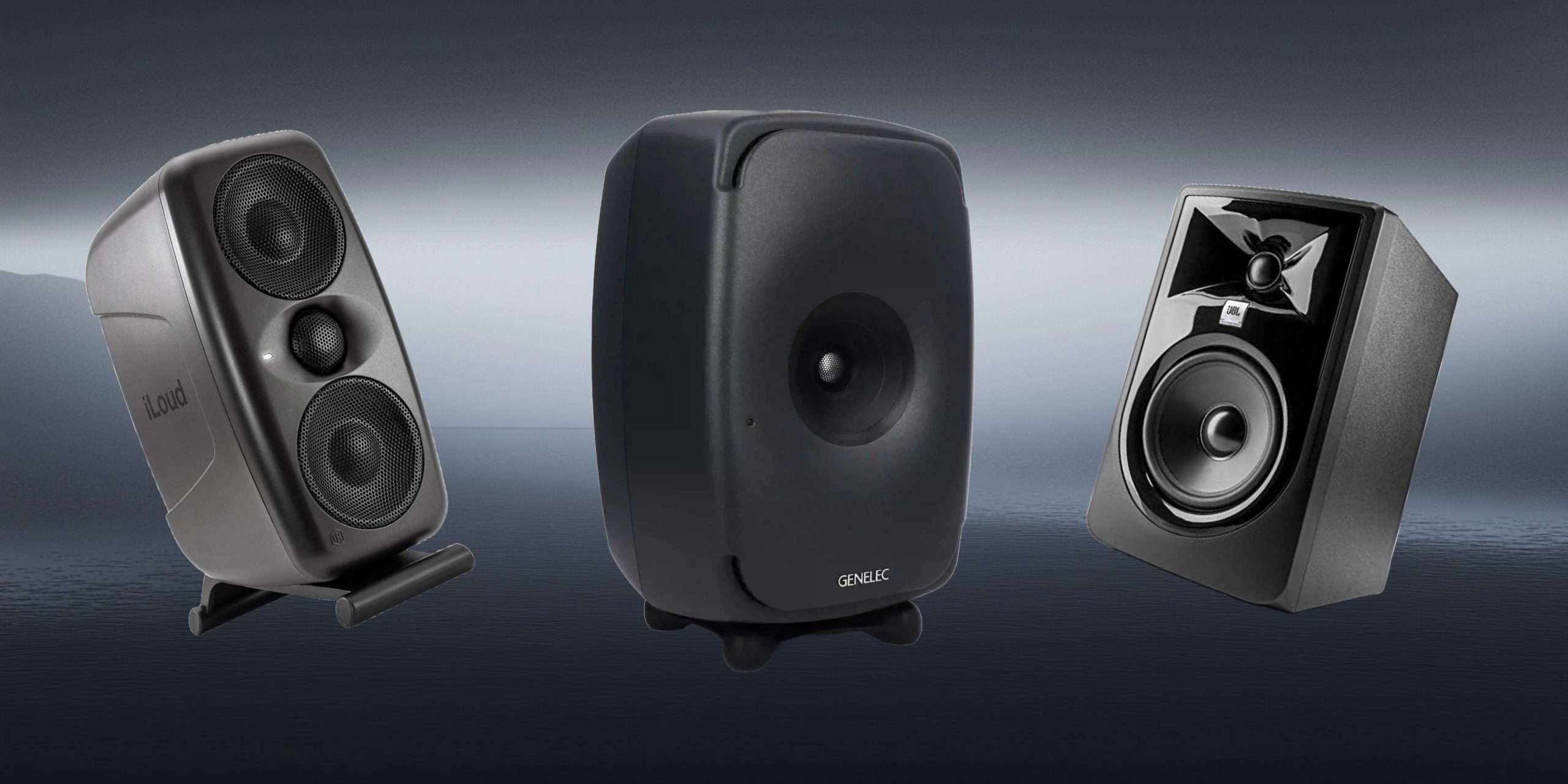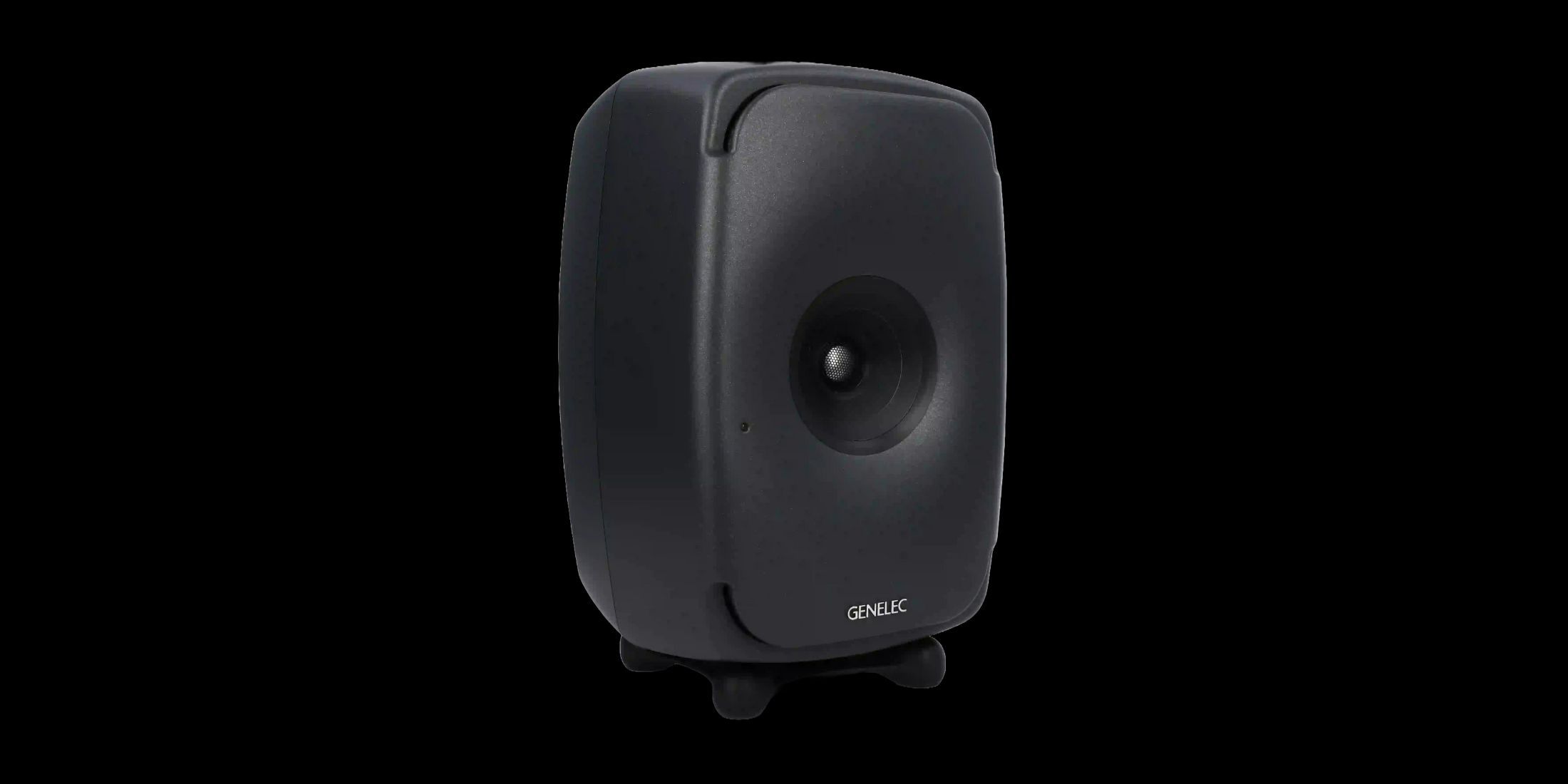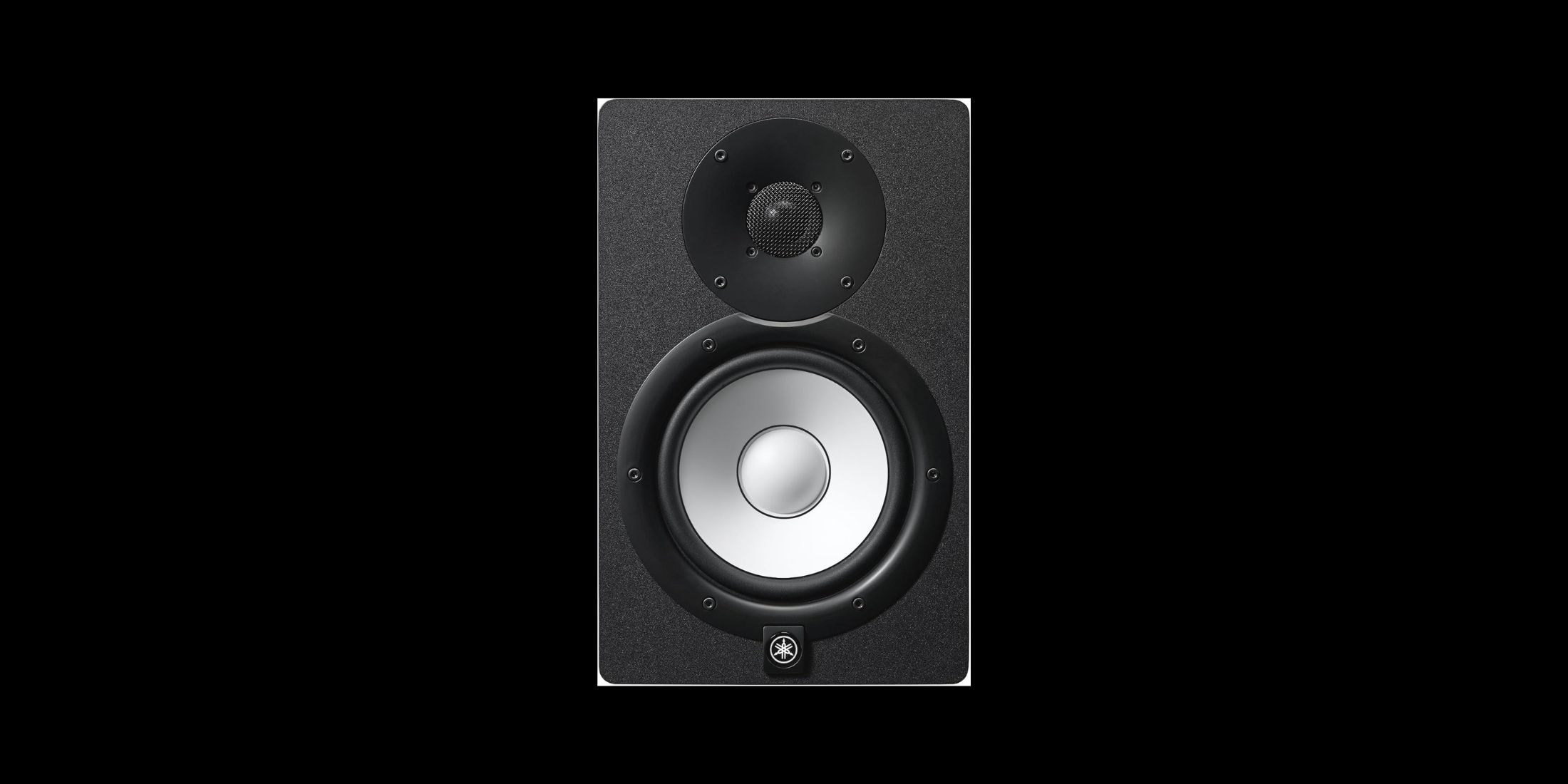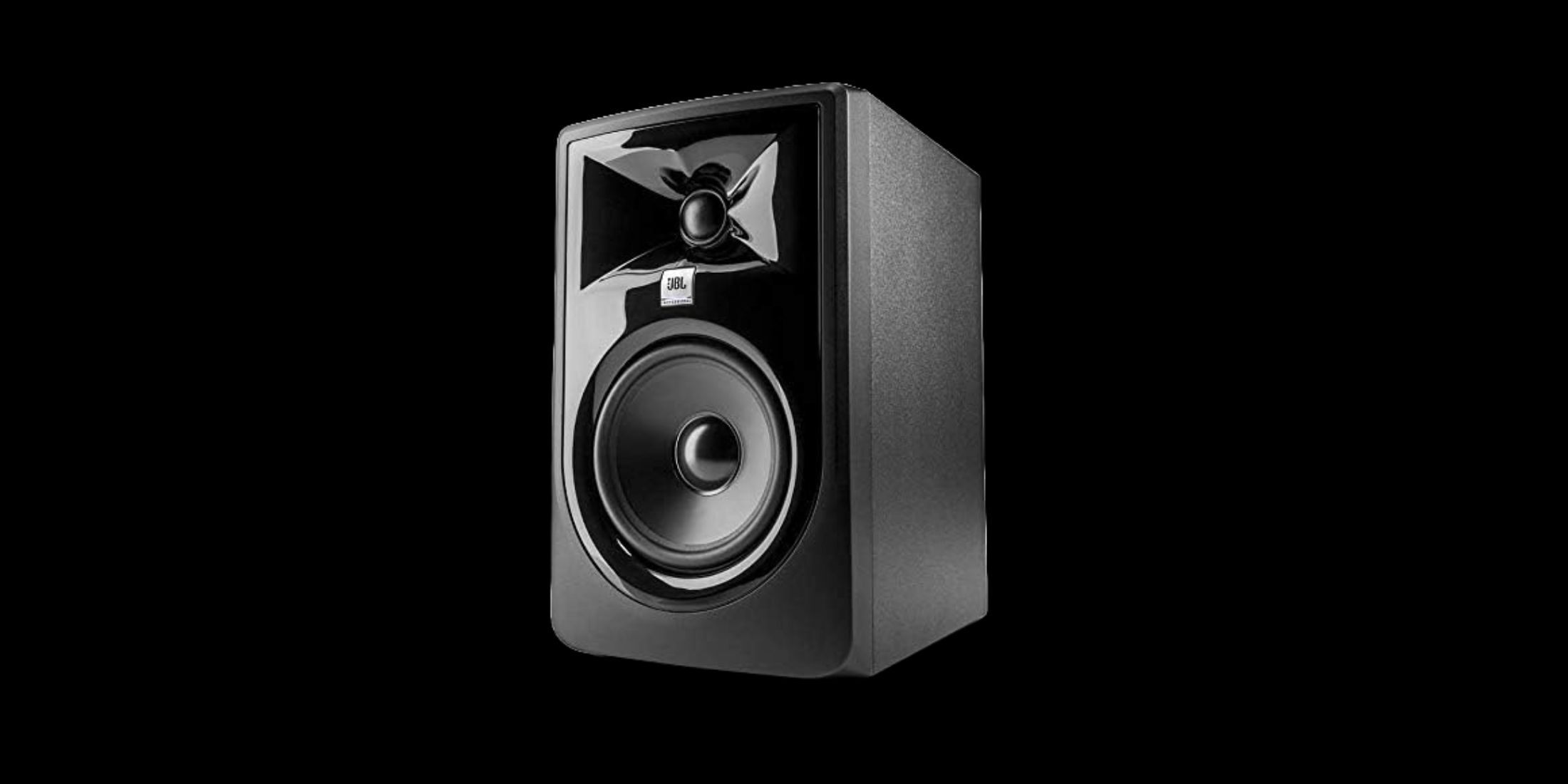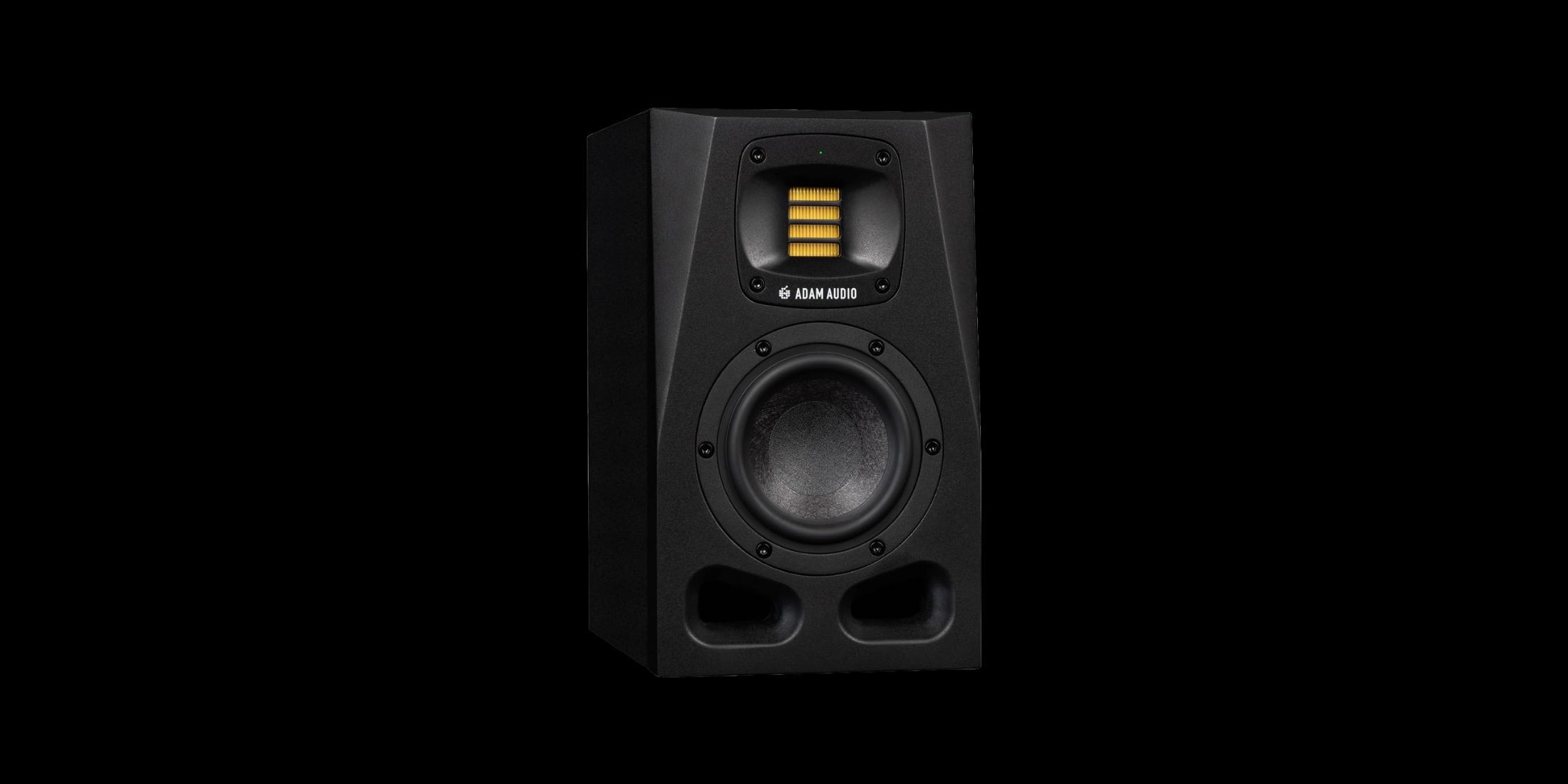Those interested in music production or users who only appreciate the highly faithful sound would be familiar with studio monitors and their advantage. Monitors studio They are basically speakers with a cleaner and more natural sound output without much emphasis on any frequency. This results in a more accurate sound when listening to music or listening to their own recorded songs. In addition, studio monitors are designed to be used in close proximity, unlike speakers that contain any space in which you are with music.
Given exactly how the monitors of the studio reproduce sound, they are an essential part of the music production settings. However, there are also several disadvantages, for example, that they work best in small studio environments and do not have as many reinforcement options as standard speakers or driven speakers. So if your use includes accurate sound reproduction, the studio monitors are a way to go, but if you want to enjoy loud music without being choosing how accurate it sounds, the speakers will serve you better.
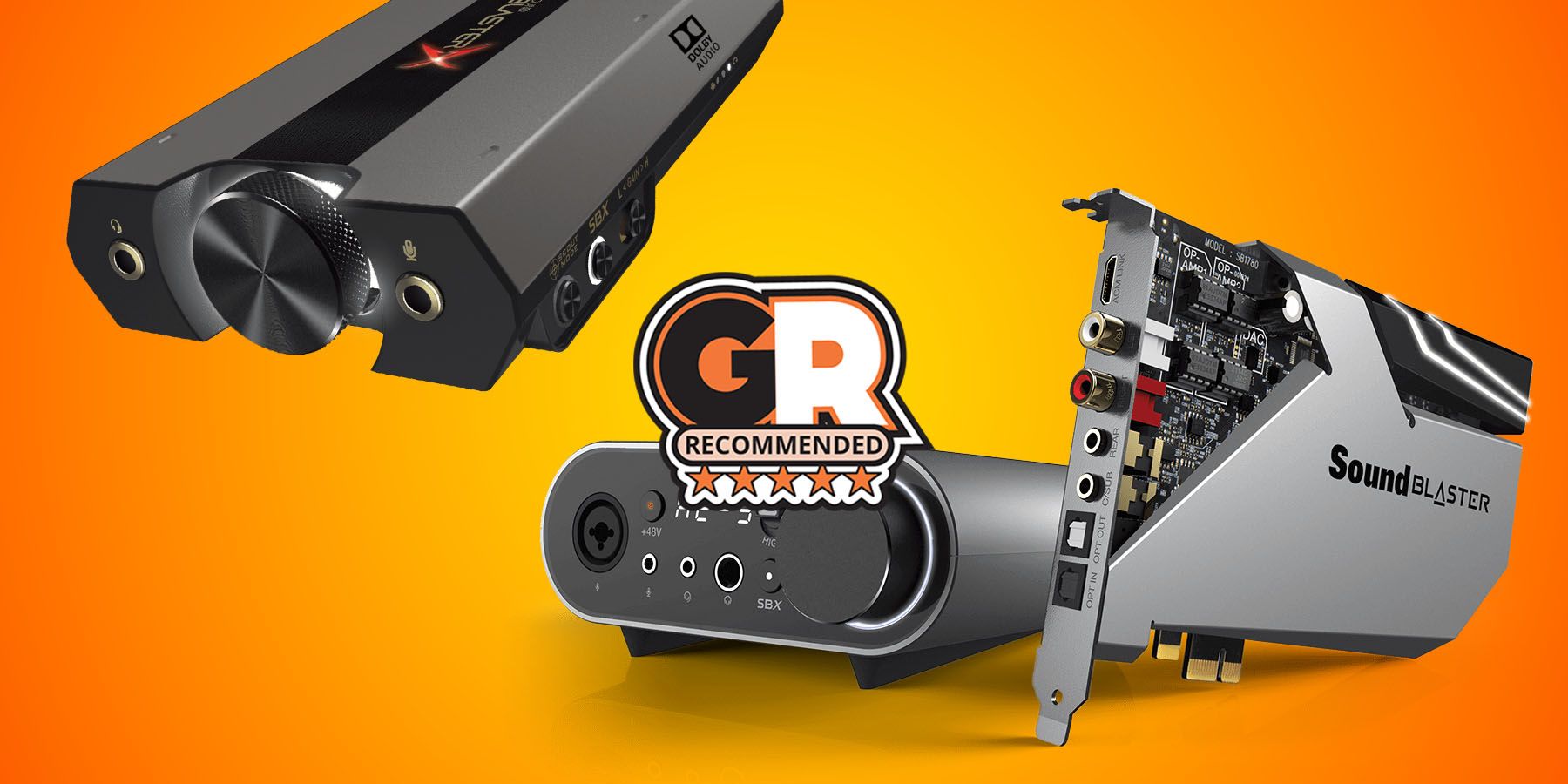
Related
Best sound card for PC Gaming in 2024
To maximize the sound for playing games, they must have the right PCS sound card. These are the best that are available right now.
This has been said with this, there are relatively few studio monitors on the market and it may be difficult to find the right one for your individual use. Fortunately, Game Rant compiled a list of the best studio monitors in 2025.
1
Gelec 8351b
Gelec 8351b is hands down the monitoring equivalent of a surgical microscope and provides an absurd level of details in a package that shouts: “I spent more speakers than my car”. The aluminum aluminum cover contains the coaxial design of Gelec, which somehow crammed two hidden 8.625 “speakers around 5” medium and 1 “tweeter. Result? Accuracy of a point source?
The TRI-Amp design provides a serious firepower with a total of 550 W (250 W bass, 150 W Midrange, 150 W) Class D amplification that leads to an amazing maximum SPL. The frequency response reaches down to the subwoofer-ballienging 32Hz when spreading up to 43 kHz, all while maintaining ± 1.5 dB of accuracy throughout the critical listening.
GLM software provides accuracy calibrated adaptation with multiple parametric filters and delay compensation that changes acoustically problematic spaces to reference environments. The routine control waveneration bridges the entire front partition minimizes the reflections, while the intelligent signal sensing technology retains strength without risk of readiness. They are insanely premium affordable, but they are necessary for devices requiring absolute confidence in translation.
Buy it here
2
Yamaha hs7
The Yamaha HS7 brings that the legendary “truth hurts” the monitoring of philosophy into a modern era with a definitely non -leveled approach that mixing engineers absolutely love. These 8.2 kg of working bicycles pack a 6.5 -inch cone woofer, which provides only enough low (up to 43 Hz) to make the informed bass decision without an exaggerated wound that leads to weak mixes. The 1 -inch tweeter dome extends on dog whistle 30 kHz and at the same time retains the characteristically revealing Midrange Yamaha, where problems with the mix have nowhere to hide.
The BI-Amp design triggers 60W at a minimum and 35 W on heights, a lot of juice that has hit mixing levels without breaking sweat. What is smart here is the control switch that actually does something useful, and when you are forced to place it near the walls into tight studios, they reduce these bass frequencies on the border. The same applies to high crop control that will give birth to a fragile maximum in reflective spaces without mudding basic details.
The Yamaha Cabinet Cabinet Obsession applies to dividends in MDF, which remains dead quietly, even when the volume is pushed, while their redesigned port reduces 6DB air noise compared to the previous models. These monitors, which are available in clinical white or secret black, have become standards of studies not because they are the most amazing option, but because they constantly supply the translation they hold everywhere, from ears to club systems.
Buy it here
3
JBL 305P MKII
JBL 305P MKII packs serious engineering muscles in a deceptively compact frame that weighs only 4.73 kg. What these monitors do exceptionally is Stripple-Down technology from the flagship JBL M2 Master Reference. The image control waveneration brings tangible benefits with a dramatically extended sweet spot and the accuracy of displaying usually reserved for the monitors triple price.
The 5 -inch Woofer kicks a decent 43Hz, while the 1 -inch soft dome of the tweeter processes the heights with a remarkable smoothness of up to 24 kHz. Slip Stream Port port design minimizes resolution that plays less portable monitors, allowing clean bass reproduction even when you push the volume towards their impressive maximum SPL 108 dB. The two -set design provides each 41 W driver. Modern paper, but a punching damn over his weight class in the real world scenarios.
The sophisticated controls of the room adaptation cause these monitors surprisingly universal, with a 3-position switch taming of the rough rooms, while the EQ border solves the bass accumulation, which usually destroys the accuracy of monitoring when located near the walls. With balanced XLR and TRS inputs and sensitivity, these monitors integrate into any settings without any problems. After surviving the brutal 100 -hour test of JBL torture before leaving the factory, these affordable work horses bring professional results that their friendly price tags are friendly.
Buy it here
4
Adam Audio A4V
The A4V proves that Adam Audio has not forgotten what matters in the studio monitor. At only 268 mm high and weighing 5.8 kg, these nearby fields bring surprising accuracy in tight spaces, where every centimeter counts. The X-Art tweeter remains Adam's koruna gem. This folded ribbon design processes transient speeds and extends to 41 kHz without artificial glitter, which suffers from smaller monitors.
The 4 -inch MLM Woofer may seem modest, but its mineral cone provides the stiffness needed for the articulation of medium reproduction. The 3 kHz crossover is intelligently placed to maintain phase coherence across the critical vocal range. With 90 W RMS on Woofer and 15 W into the tweeter, these monitors hit 109dB SPL. Which means we have a lot of space for dynamic material without compression artifacts.
What the A4V separates from the budget alternatives is its sophisticated implementation of DSP. With a four -band adaptation of the room, each zone focuses on specific acoustic problems: border reinforcement, console reflections, presence decreases and high -frequency balance. UNR voting offers a more flattering response to tracking, while a net regime provides a detecting character needed to decide the mix. Join XLR or RCA inputs, dial accurately via Ethernet and control software, and these compact monitors will exceed the possibilities twice their size and price.
Buy it here
5
Neck ROKIT 7 G4
The ROKIT 7 G4 neck stands as a secret weapon of club music producer and adds this signature a yellowish blow, which has become ubiquitous in electronic music studies around the world. These 7.6 kg monitors introduce the perfect balance between analytical accuracy and the bass reaction needed for craft tracks that translate into massive systems.
The corresponding Kevlar design in the 6.5 “Woofer and 1” tweeter creates a remarkable sound consistency across frequencies, while the front design of the front design allows the flexibility of the rear transmission monitors. Thanks to the 145 Watty Class D (97W Woofer/48W tweeter), they bring them to a substantial 110 dB SPL, these monitors never run through the lights, even if they push the bass material.
The star of the show is the DSP -controlled EQ with Visual LCD confirmation, which comes with 25 settings that solve acoustic problems in the real world. Included ISO-foom pillows may seem like a smaller detail, but dramatically improve clarity by eliminating the reflections of the table that breaks the critical range of 200-500Hz. For the creators of bass music looking for monitors that reveal the problems with the mix, while still bringing the visceral impact that controls their genre, these G4 hit the sweet place of performance and value.
Buy it here
IK Multimedia Iloud MTM is David-Among-Goliaths Marvel, which revolutionizes what we expect from monitors micro. At only 2.5 kg and standing 264 mm tall, these small powerhouses use the sophisticated design d'Eppolito, which tension two 3.5 “speakers and 1” silk dome tweeter in the cover smaller than most library speakers.
Despite their small size, these monitors bring a shocking extension of 40 Hz, which compete with 8 “monitors twice their size. MTM configuration creates controlled vertical dispersion that dramatically reduces the reflections of the table computer, retaining a wide horizontal display that maintains very generous.
Where Iloud MTM really shines, his brain ratio to the cylinder is. The on -board DSP processes the linearization system of the physical response of IK, which flatters frequency irregularities, while the included measuring microphone and the arc calibration system transforms acoustically problematic spaces with the accuracy of the laboratory. The newer version of MKII will double the processing performance and adds X-monitor software that allows you to virtually compete with your mixes through classic monitor emulation. With their adjustable tilt stand and several installation options, this technical heavy weight in miniature form adds a translation, which is usually reserved for monitors to triple their size and price.
Buy it here

More
The best noise interference headphones in 2024
The cancellation of noise is an important function for top headphones late. Here are some of the best Game Rannt selections that you can buy right now.
FAQ
Question: What is the difference between the “nearby field” monitors and “middle field”?
The nearby fields are designed to place about three to four feet from the face and create a tight triangle between the head and speakers. They are ideal for small rooms where acoustics is unpredictable than a cat on espresso. The middle fields are larger, louder and should be placed further, which is ideal for larger control rooms. But if you work with less space, it is best to stick to nearby fields.
Q: What are the 38 rules for studio monitors?
38% The rule is related to the location of the studio monitors. This means that you should sit 38% of the wall in front of you inside the rectangular room, because it minimizes the permanent waves.
Q: Should I go to active or passive monitors?
Active monitors (with built-in reinforcement) eliminate the existential crisis of the conformity of amp-products and usually include crossover designed specifically for these drivers. Passive monitors require separate reinforcements, adding complexity, expenses and other pieces of equipment to be obsessed on forums at 2:00. For most modern studios, active monitors are an obvious choice and will be more than okay to complete the work.
